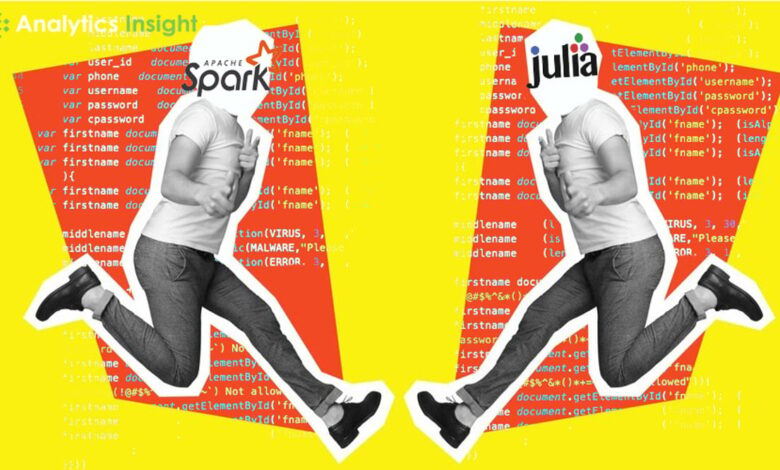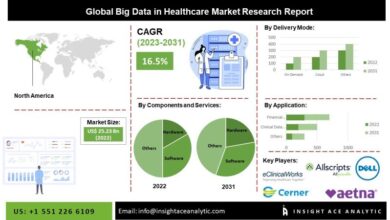Best Tool for Data Scientists in 2024

In 2024, data scientists will be confronted with a variety of advanced tools and techniques to exploit the power of data for gaining insights and making decisions. The two major candidates in this field are Apache Spark and Julia, both having their unique features and potential. Apache Spark, the leader of distributed computing, is famous for its ability in the processing of large datasets and the speed and at the same time efficiency of the tasks across the clusters. Contrarily, Julia is distinguished by its outstanding performance and user-friendly syntax, which makes it the favorite choice of the users in the numerical computing and algorithm development areas. This article shows the comparison of the advantages and disadvantages of these tools to help data scientists choose the last appropriate platform for their analytical needs in 2024.
Apache Spark:
Apache Spark has become the most popular system for the processing of big data that can be transferred across distributed computing clusters fast and efficiently. It is a single analytics engine that soothes several data processing tasks, among which are SQL queries, streaming data analysis, machine learning, and graph processing.
Key Features of Apache Spark:
– Scalability: Spark can distribute the processing of data horizontally across a cluster of computers, thus it is a good choice for the management of large datasets.
– Versatility: It enables various programming languages such as Scala, Python, Java, and R to be used by the data scientists irrespective of their programming knowledge.
– Built-in Libraries: Spark is the one that has three great libraries for machine learning (MLlib), graph processing (GraphX), and stream processing (Structured Streaming) which are used to carry out various types of data analytics.
Use Cases for Apache Spark:
– The analysis of data and its processing in real-time are two of the biggest attributes of the cloud which help businesses in taking corrective actions.
– The collection of vast data in a data warehouse and the ETL (Extract, Transform, Load) procedures are the technical steps needed to handle the big data.
– The cyclical machine learning workflows that need quick data processing are the quart of the iterative machine learning projects.
Julia: The fusion of speed and simplicity is the ultimate goal achieved by the crossover model.
Julia is well-known for its top-notch performance and easy-to-use syntax which makes it a great software option for numerical and scientific computing. Julia is created to connect the difficulties of programming and computational efficiency and JIT compiling is the tool that makes it possible to achieve comparable performance to the low-level languages such as C and Fortran.
Key Features of Julia:
– Performance: Julia’s high execution speed makes it suitable for computationally intensive tasks, hence, it is possible to say that it is as good as compiled languages in performance.
– Interoperability: Julia can smoothly connect with the libraries that are written in Python, R, and C, thus the lid of it becomes more and more extensive and the popularity of it goes up.
– Ease of Use: Julia’s syntax is meant for ease of reading and the expression of ideas, thus, it lowers the time spent on making complex algorithms.
Use Cases for Julia:
– Numerical simulations and scientific computing are the means by which researchers can study the behavior of complex systems, analyze large amounts of data, and design innovative solutions to problems.
– The creation and improvement of the algorithm are the main tasks of the algorithm development and optimization.
– The modern statistical analysis and modeling is based on the high-performance computers and it uses sets of specialized techniques that provide accurate results.
Choosing the Right Tool for 2024: Apache Spark or Julia?
The decision to choose Apache Spark or Julia as an analytics tool is mostly determined by the type and the size of the data analytics projects.
On the other hand, Julia’s attractiveness is due to its outstanding performance and ease, which makes it a perfect choice for computationally intensive tasks and speed is of utmost importance.
To sum up, Apache Spark and Julia constitute strong instruments for data scientists in 2024, and each has its own strengths. Apache Spark is the best at distributed computing and scalability, hence, it is the perfect tool for dealing with large datasets and different types of analytics. The performance and the simplicity of Julia make it a great option for numerical computing and algorithm development.



